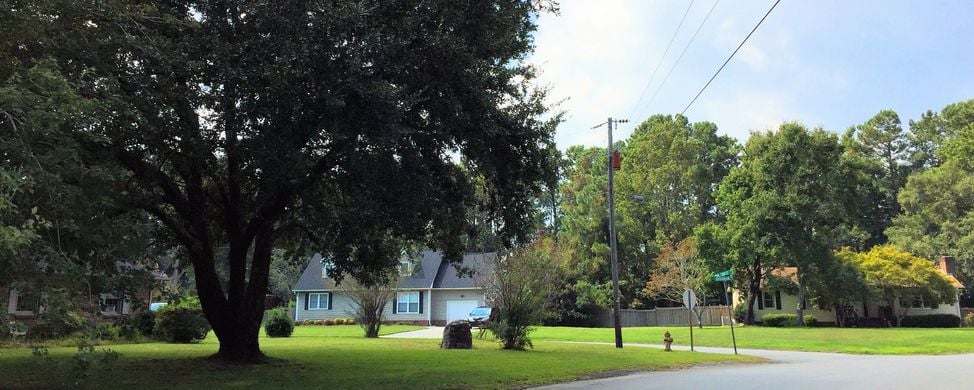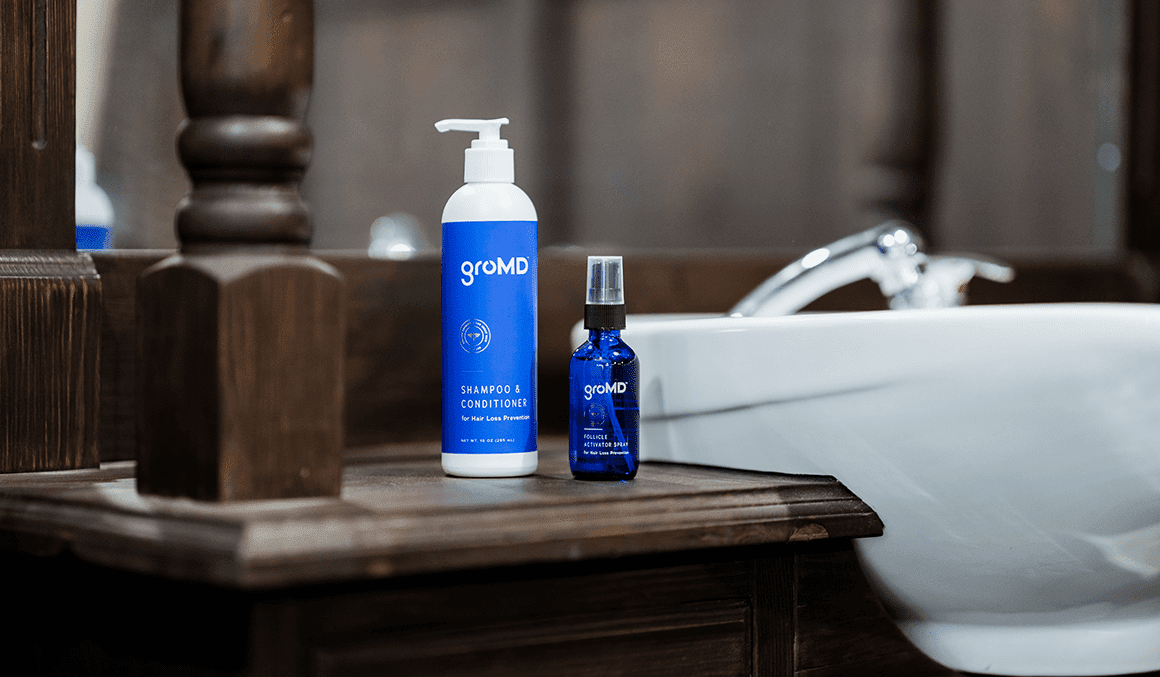Table of Content
- African awareness of the conditions of the slave trade
- British and French Caribbean
- North Africa
- - 2018 National Fire Incident Reporting System (NFIRS) incidents
- You don’t need heaps of time or a new house to grow a garden
- Friends remember Donnie Tucker, whose accordion was the live soundtrack for downtown St. John's
But he supported pipelines in Maryland that transport natural gas obtained by hydraulic fracturing in other states, including the Eastern Shore Pipeline. In June 2017, Hogan maintained support for the Paris Agreement and opposed the United States withdrawal from the Paris Agreement. In January 2018, he said Maryland would join the United States Climate Alliance formed by California, New York, and Washington.
In many years, not a single Spanish slave voyage set sail from Africa. Unlike all of their imperial competitors, the Spanish almost never delivered slaves to foreign territories. By contrast, the British, and the Dutch before them, sold slaves everywhere in the Americas.
African awareness of the conditions of the slave trade
After the raid, Henry Waller sold his farm to Richard Frisby, whose home Farley was also burned. As the British prepared to attach the towns of Fredericktown and Georgetown on the Sassafras River on May 6, 1813, they landed at the mouth of Turner’s Creek and forced John Stavely to serve as their pilot. After the raid and burning of the towns, they returned to Turner’s Creek, returning their guide and plundering the property of John Lathim for supplies. Turner’s Creek was an active settlement at the turn of the 19th century with over 60 people. The Lathim House and Knocks Folly are in close proximity, so it is possible either of them may have been plundered by the British in 1813.
In December 2016, Hogan proposed doubling funding for the state program. In 2017, he again proposed changes to the state's charter laws, which was met with pushback from legislative leaders and teacher unions. As cases continued to rise, Hogan signed another executive order suspending on-site bar and restaurant services, closing movie theaters and gyms, and banning gatherings of more than 50 people.
British and French Caribbean
The nice size laundry room also offers a newer W/D package to ease your move. Sellers have also updated the HVAC system and the roof is only few years old. The amenities at the Village in Mayfaire include a clubhouse with full kitchen, movie theater for 25 people, pool, hot tub, grill area, tennis courts, car wash facility, dog park and then there's walkability to shopping, dining and entertainment.

Others fled or crowded into refugee camps operated by the Freedmen's Bureau. The Bureau provided food, housing, clothing, medical care, church services, some schooling, legal support, and arranged for labor contracts. Fierce debates about the rights of the Freedmen, and of the defeated Confederates, often accompanied by killings of black leaders, marked the Reconstruction Era, 1863–77. After the passage of the Kansas–Nebraska Act in 1854, armed conflict broke out in Kansas Territory, where the question of whether it would be admitted to the Union as a slave state or a free state had been left to the inhabitants. The radical abolitionist John Brown was active in the mayhem and killing in "Bleeding Kansas." The true turning point in public opinion is better fixed at the Lecompton Constitution fraud. Pro-slavery elements in Kansas had arrived first from Missouri and quickly organized a territorial government that excluded abolitionists.
North Africa
Wars, famines, pestilences drove many villagers to sell their children as slaves. The Muslim conquest of Gujarat in Western India had two main objectives. The conquerors demanded and more often forcibly wrested both land owned by Hindus and Hindu women.

By 1860, almost half the population of Kent County was black, and half of those were slaves. Even so, the number of slaves in the county had decreased by more than 50 percent since 1790, for economic reasons as well as moral ones. It is estimated that on the eve of the Civil War, 2500 of the county’s residents were enslaved. Raids in Kent County began with a raid on Howell Point, just north of the mouth of Still Pond Creek, whenH.M. S. TheDaily National Intelligencerreported “the frigate lies so near Howell’s Point that she has thrown some of her shot a mile into the country.
In early Islamic states of the Western Sudan, including Ghana (750–1076), Mali (1235–1645), Segou (1712–1861), and Songhai (1275–1591), about a third of the population was enslaved. The earliest Akan state of Bonoman which had third of its population being enslaved in the 17th century. In Sierra Leone in the 19th century about half of the population consisted of enslaved people. In the 19th century at least half the population was enslaved among the Duala of the Cameroon, the Igbo and other peoples of the lower Niger, the Kongo, and the Kasanje kingdom and Chokwe of Angola.
Although Kent County was never the site of conflict during the American Revolution, it produced more than its share of Revolutionary heroes. Kent County men were among the Maryland 400, five companies of Kent County native William Smallwood’s battalion. They not only fought in the Battle of Long Island, the first major battle of the Revolution, but also stood as a final anchor of a crumbled American front line, heroically charging the British six times to give Washington time to withdraw his troops. Washington, in recognition of their gallant performance, included the remaining Maryland men in his rear guard where they covered the evacuation of the American force. On May 13, 1774, six months after the Boston tea party, a number of prominent Kent County men gathered at a local tavern to respond to the Tea Act. In an anonymous report to the Maryland Gazette, the gathering condemned Great Britain.
The courts, to varying degrees, rendered slavery unenforceable in both Lower Canada and Nova Scotia. The institution was formally banned throughout most of the British Empire, including the Canadas in 1834, after the passage of the Slavery Abolition Act 1833 in the British parliament. These measures resulted in a number of Black people from the United States moving to Canada after the American Revolution, known as the Black Loyalists; and again after the War of 1812, with a number of Black Refugees settling in Canada. During the mid-19th century, British North America served as a terminus for the Underground Railroad, a network of routes used by enslaved African-Americans to escape a slave state. The Clapham Sect, a group of evangelical reformers, campaigned during much of the 19th century for Britain to use its influence and power to stop the traffic of enslaved people to Brazil. Besides moral qualms, the low cost of slave-produced Brazilian sugar meant that the British West Indies were unable to match the market prices of Brazilian sugar, and each Briton was consuming 16 pounds of sugar a year by the 19th century.

The transatlantic slave trade resulted in a vast and as yet unknown loss of life for African captives both in and outside the Americas. "More than a million people are thought to have died" during their transport to the New World according to a BBC report. The number of lives lost in the procurement of slaves remains a mystery but may equal or exceed the number who survived to be enslaved. In 1778, Thomas Kitchin estimated that Europeans were bringing an estimated 52,000 slaves to the Caribbean yearly, with the French bringing the most Africans to the French West Indies . The Atlantic slave trade peaked in the last two decades of the 18th century, during and following the Kongo Civil War.
After importation was outlawed, the Eastern Shore became a major supplier of slaves, since any man, woman or child who had been born into slavery was considered private property. On 24 August 2007, Ken Livingstone apologized publicly for London's role in the slave trade. "You can look across there to see the institutions that still have the benefit of the wealth they created from slavery," he said, pointing towards the financial district, before breaking down in tears.

Slaves and black freedmen fought the French for their freedom and independence. The goal of re-establishing slavery explicitly contradicted the ideals of the French Revolution. The French soldiers were unable to cope with tropical diseases, and most died of yellow fever. Slavery was reimposed in Guadeloupe but not in Haiti, which became an independent black republic. Napoleon's vast colonial dreams for Egypt, India, the Caribbean, Louisiana, and even Australia were all doomed for lack of a fleet capable of matching Britain's Royal Navy.
At a second meeting on May 18th, the participants approved the Chestertown Resolves, which acknowledged their allegiance to King George III, but registered their sworn enmity to taxation without representation. In their view, the tea tax was calculated to enslave the Americans, and they pledged that any citizen found importing or purchasing dutiable tea would be stigmatized as an enemy of the liberties of America. Horse racing was a popular Colonial sport, drawing large crowds from surrounding towns with some people traveling from as far away as Philadelphia to enjoy the festivities. Dress balls were held in which both ladies and gentleman appeared in the latest elegant fashions.


No comments:
Post a Comment